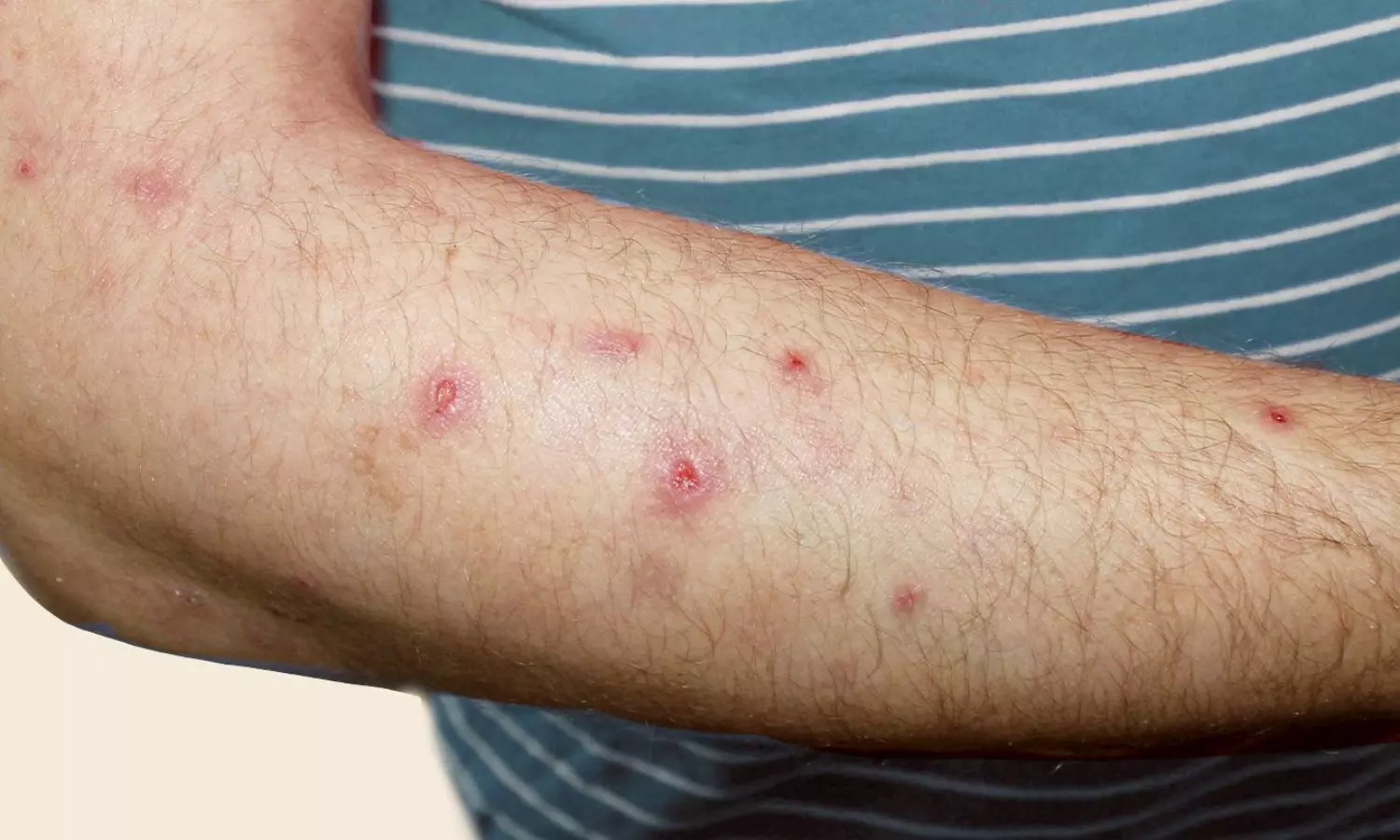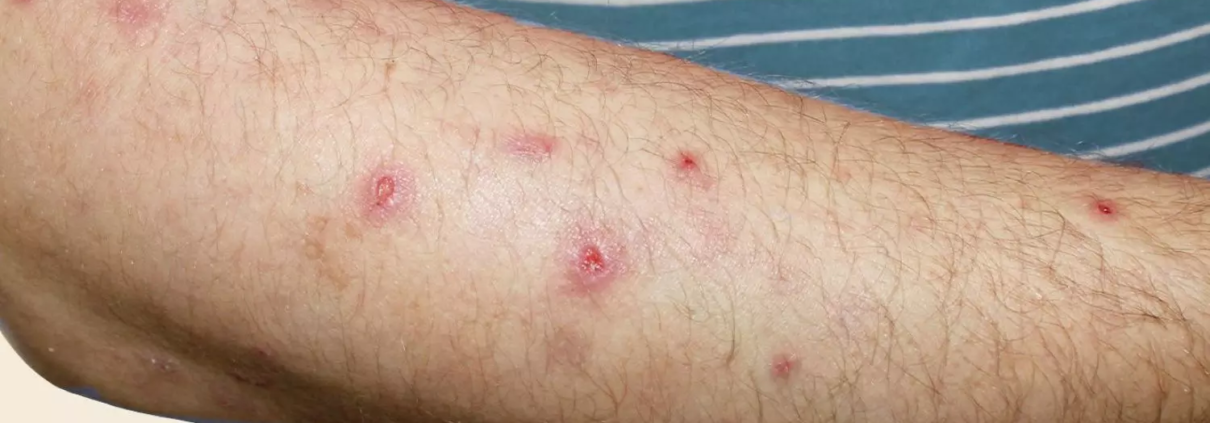Prurigo Nodularis Greatly Increases Risk of Atopic Diseases, Especially Atopic Dermatitis, suggests study

Researchers have identified in a new study that patients diagnosed with prurigo nodularis (PN), a chronic dermatosis of intense itching and nodular lesions, are at a much greater risk of developing other atopic diseases, especially atopic dermatitis (AD). The study identifies that PN could have similar immunological mechanisms as atopic diseases, which tend to be associated with systemic inflammation and immune dysregulation. The study was published in the journal Archives of Dermatological Research by Hui-Chin C. and colleagues.
TriNetX research network was utilized to carry out the study, which pools real-world clinical evidence from various healthcare organizations. It comprised 16,005 PN patients and 16,005 controls matched by propensity score, followed-up to a maximum of 15 years. Propensity score matching was employed to account for confounding variables like demographic, socioeconomic, and medical factors, providing a balanced contrast between the groups. Hazard ratios (HRs) with 95% confidence intervals (CIs) were employed by the researchers to estimate each atopic disease risk. To maintain reliability, sensitivity analyses were performed to adjust for possible methodological biases.
Results
-
The analysis indicated a strong and statistically significant correlation between PN and the subsequent occurrence of atopic disorders.
-
The risk for atopic dermatitis (AD) was significantly increased, with PN patients having a 5.52-fold increased risk compared to controls (HR: 5.52; 95% CI: 4.39–6.94). Increased risks were also found for asthma (HR: 1.51; 95% CI: 1.35–1.68), conjunctivitis (HR: 1.28; 95% CI: 1.12–1.47), and allergic rhinitis (HR: 1.18; 95% CI: 1.08–1.29).
-
Notably, these risks differed by age and sex groups. The correlation was strongest in males and the elderly, with highest AD risk in subjects aged ≥65 years (HR: 7.99; 95% CI: 5.21–12.26).
This large, population-based study presents strong evidence that prurigo nodularis markedly elevates the risk of developing atopic diseases, with the most significant association being at atopic dermatitis. The data supports integrated care strategies with dermatological and allergological management practices to enhance outcomes in PN patients. Increased clinical vigilance, especially among elderly individuals and men, would allow for earlier diagnosis and treatment, leading eventually to a decrease in disease burden and quality of life improvement.
Reference:
Chang, HC., Lo, SW., Lu, HY. et al. New-onset atopic diseases in people with prurigo nodularis: a multi-center retrospective cohort study of electronic medical records. Arch Dermatol Res 317, 911 (2025). https://doi.org/10.1007/s00403-025-04391-9



